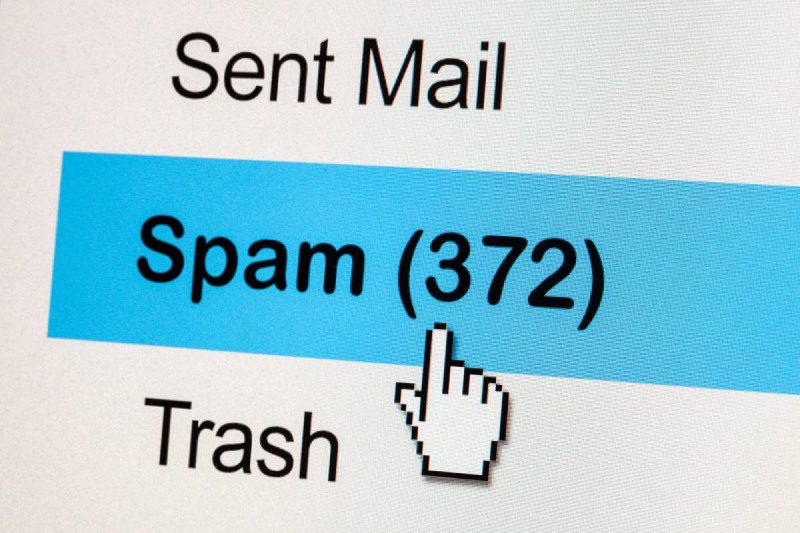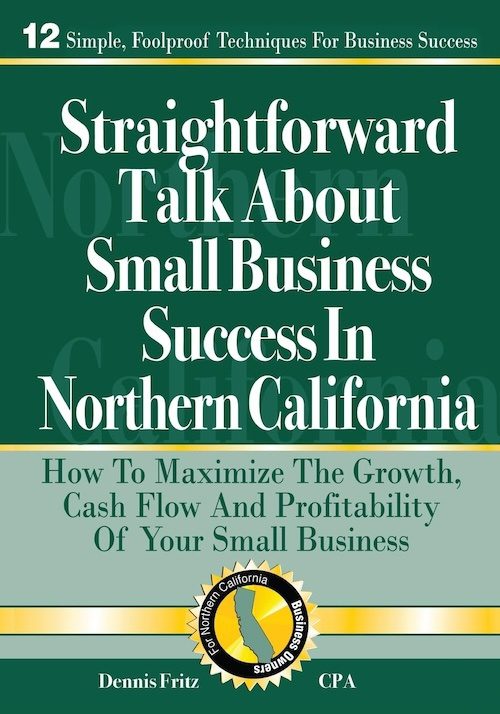
I hate to be THAT person (you know, a nag) but because we’re about to enter March, I want to put this reminder in front of you yet again: time to get your 2023 taxes filed.
April 15 is about 6 weeks away. It seems like plenty of time but also not enough to take care of business. But… I only have so many appointments available in my schedule. Since I want to make room for you as one of my preferred Redding contacts in it, I’m dropping this blatant reminder.
I’m right here: 530-223-2277
And something to note if you can take advantage of the CTC (Child Tax Credit). Many of the changes to it implemented by the American Rescue Plan Act of 2021 are now expired.
Congress is still making decisions about expanding the CTC to boost the maximum refundable amount. The IRS is watching their decision closely… and so are we. The good news is, you don’t have to wait for them to decide before you file your taxes. In fact, you really shouldn’t wait. Because the IRS says they’ll adjust things on your behalf automatically. No need to re-file to accommodate those changes.
How nice of them.
But unless that legislation passes, the previous rules are expired. For 2023, the initial amount of the CTC is 2K for each qualifying child (phasing out where AGI income exceeds 200K — 400K in the case of a joint return). A qualifying child must have been under age 17 at the end of 2023.
As Congress regulates tax rules, it looks like the Supreme Court will be deciding on regulating information. Many see this as a violation of free speech. SCOTUS will soon decide.
If SCOTUS rules in favor of imposed regulations, X and Facebook (along with other social media platforms) will be required to allow all types of political posts. Some say yay, some are big on the nay.
Now, you may not be able to stop seeing some spam running through your social feed, but regulating information in your inbox is a power you do have.
Even though you can’t stop fake emails and other spam content all together, there are things you can do to keep them from sneaking their way past your spam defenses.
Let me explain how.
Dennis Fritz’s Practical Guide to Stop Getting Spam Email
“Your data is being tracked and sold every day. It’s time to take back control.” – Edward Snowden
Let’s face it, your email inbox can get filled up with so much junk. Yes, there’s important communication in there too, but it can be hard to find in the stack of other stuff.
Between legitimate messages, marketing emails, and the relentless onslaught of spam, it’s easy to feel overwhelmed. And to make matters worse, email phishing attempts are becoming more and more sophisticated, often disguised as official communications from organizations you trust, like the IRS.
Ever get an “urgent tax refund” email promising instant riches? Or a request from your “bank” to update your profile information? Spoiler alert: Those emails aren’t legit.
The struggle is real for me; I know it is for you, too. So I looked into some ways to stop getting spam emails AND reclaim your inbox. Let’s take a look.
Spam alert. Most major email providers have gotten pretty good at filtering out the emails promising miracle weight loss pills. But as the technology keeps improving its ability to protect you from unwanted messages, the cyber spammers also find ways to step up their game. Some spam is more sophisticated, offering what seems to be legitimate help like “guaranteed” investment returns or even “free tax audits” (note: a tax audit is never free). These are classic spam tactics, designed to lure you in with false promises and irrelevant offers.
So, how do you stop getting spam email and ensure your inbox stays free of that kind of clutter? Well, you have to start by putting some email management practices in place, like these:
- Don’t just delete those unwanted emails, mark them as spam. This will automatically filter them away from your inbox in the future.
- Unsubscribe from senders you don’t recognize or whose emails you don’t want. Usually there is an unsubscribe feature at the bottom of each email that makes it easy. And now, you can even find an unsubscribe header option right when you open the email to make things quick and simple.
- Pay attention to banner alerts at the top of your inbox. Email providers like Gmail will note when you’re not responding to emails from a certain sender and ask if you want to unsubscribe from them. You can easily mark yes or no. That even takes care of pesky marketing emails you no longer want to receive too.
- Enhance email privacy by adjusting your privacy settings. You can limit or even opt out of personalized ads, disable location tracking, and control data visibility. Take things a step further by strengthening email security using two-factor authentication and recovery contact details.
- Utilize email filters and keywords to automatically send suspicious emails to a designated spam folder.
- Beware the “free lunch.” If an email offer seems too good to be true, it almost always is. Remember, legitimate businesses rarely resort to spam tactics to reach potential clients.
Besides these basic tools to help you stop getting spam emails, you can also learn how to be more savvy in spotting fake emails (aka phishing attempts). Note that these emails — which attempt to impersonate trusted organizations, like the IRS, banks, or even your own employer — often use urgency, threats, or fake rewards to pressure you into clicking malicious links or revealing sensitive information.
Make sure you check the sender. Look closely at the email address. Even minor typos or inconsistencies can be red flags. Don’t be fooled by a name that sounds familiar; verify the full address.
Don’t rush to click on any links or attachments. Hover over the link to see its true destination – if it doesn’t match the displayed text, you know it’s a trap.
Grammar matters. Phishing emails often have grammatical errors, typos, or unprofessional language. Legitimate organizations typically have high standards for communication.
Verify directly. If you’re unsure about an email’s legitimacy, don’t reply or click on anything. Contact the organization directly through their official website or phone number to confirm the message’s authenticity.
If you ever get an email from the “IRS” marked as urgent, you automatically know it’s fake. The IRS doesn’t ask for personal information through email. They communicate through official letters or their secure online portal. If you’re unsure if it’s real, you can also go to the IRS online portal and check on anything the email is asking about (just don’t click any links in the email to do that).
The same goes for any “important update from your bank” emails. If your Redding bank wants some updated information, they’ll ask you through your online account or a mailing. Check for updates from your online banking account directly through the bank’s website (not a link in the email).
By staying vigilant and employing methods to stop getting spam email, you can declutter your inbox and make it a more secure space.
And if you ever have any doubts about IRS emails, you can always give our Shasta County office a call. We’ll get you any answers you need about things with the IRS.
Keeping you safe,
Dennis Fritz



